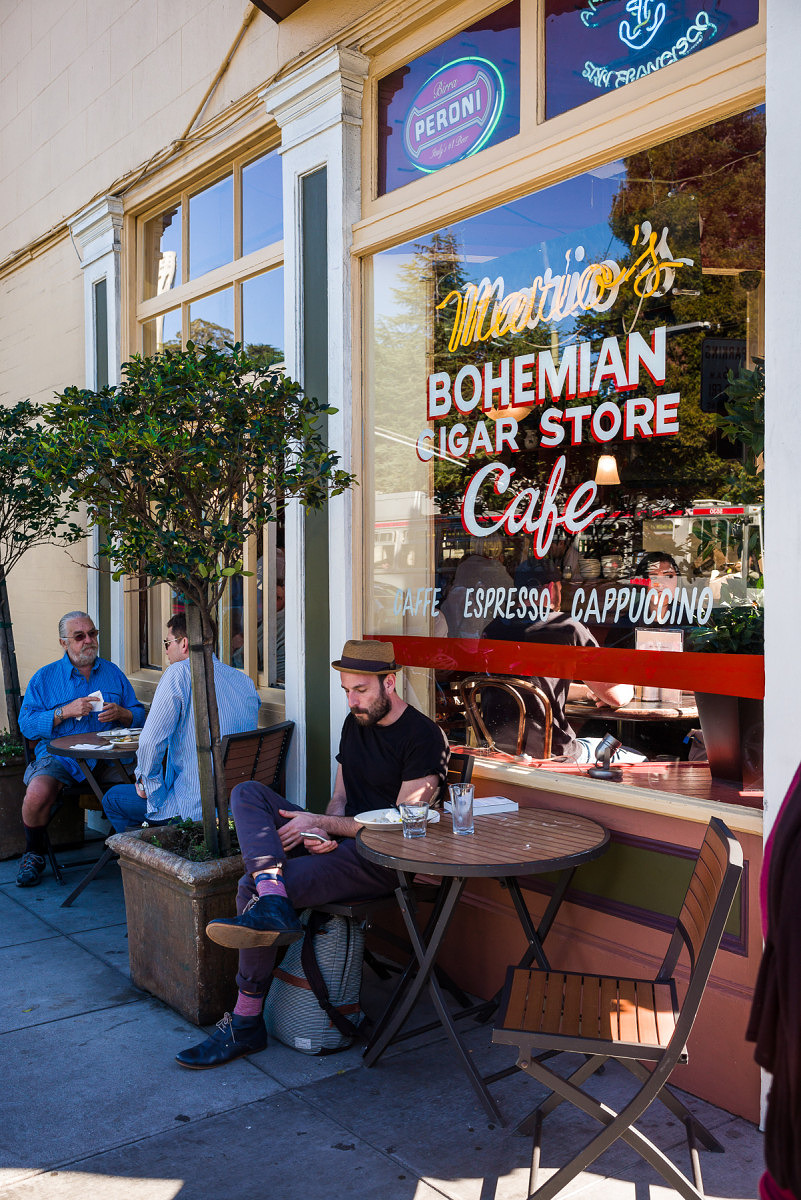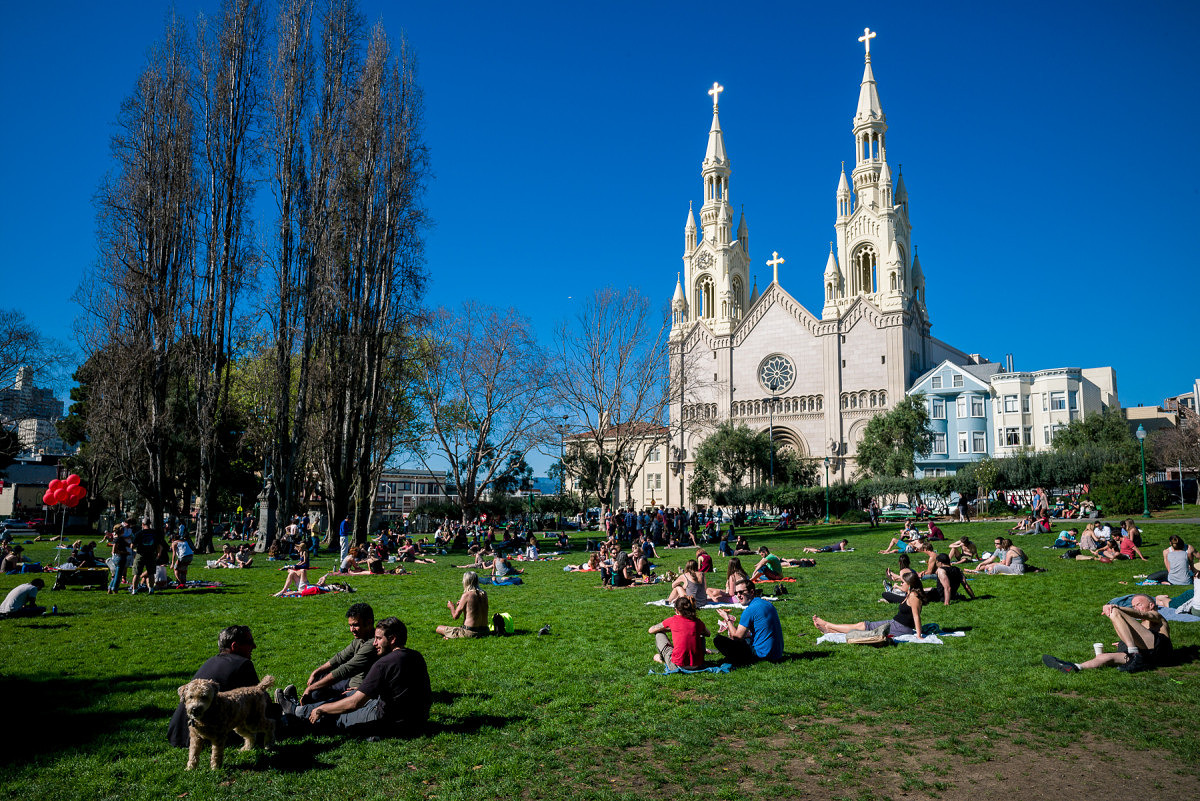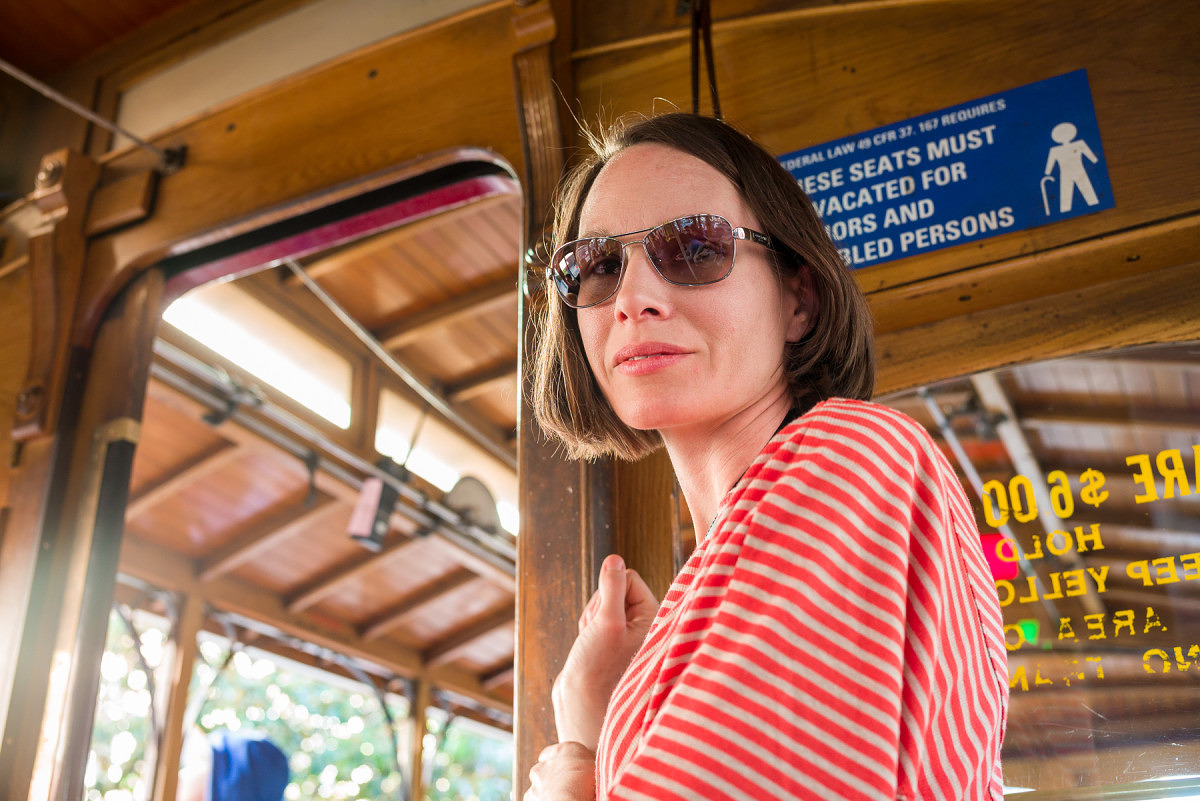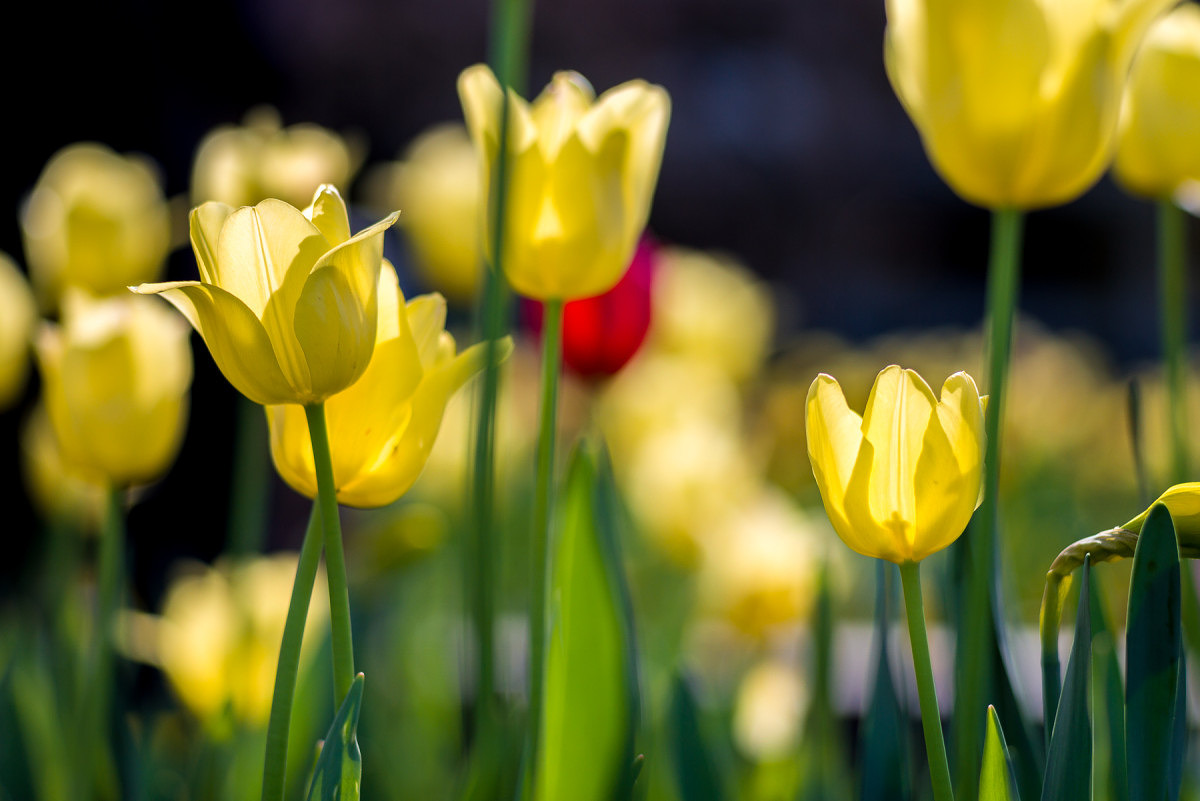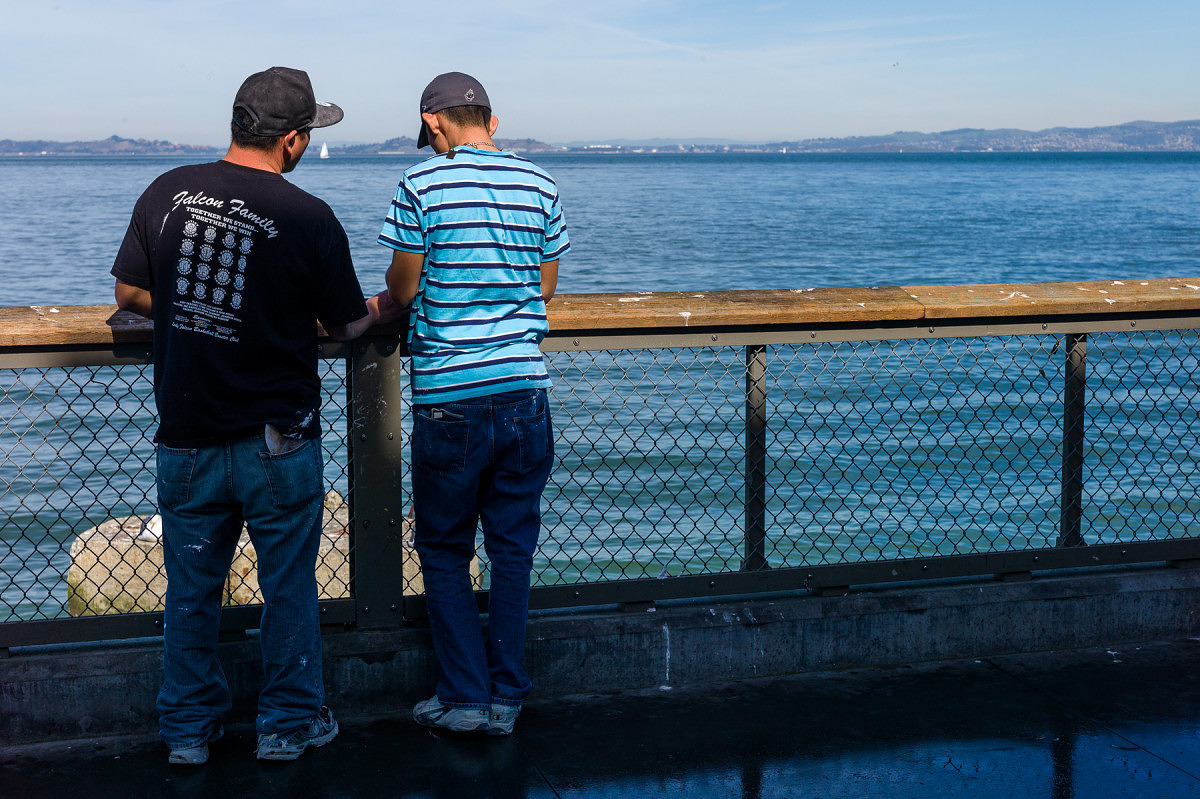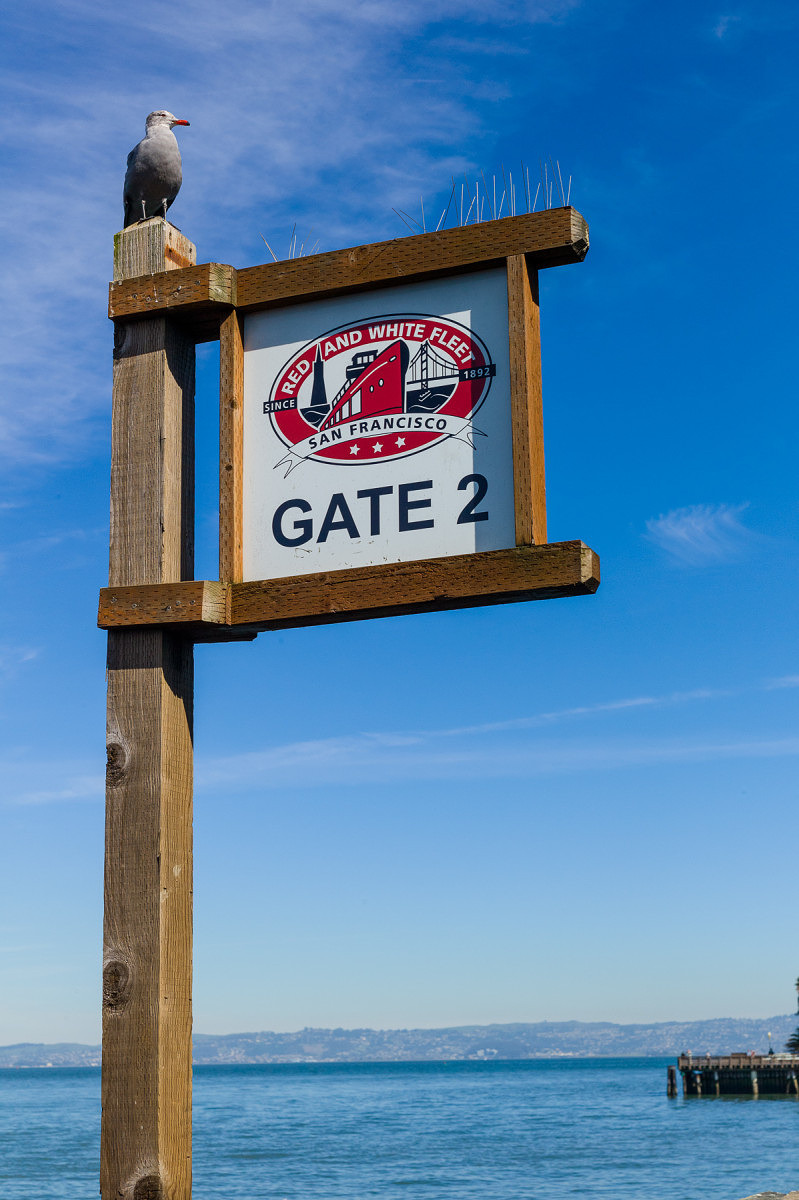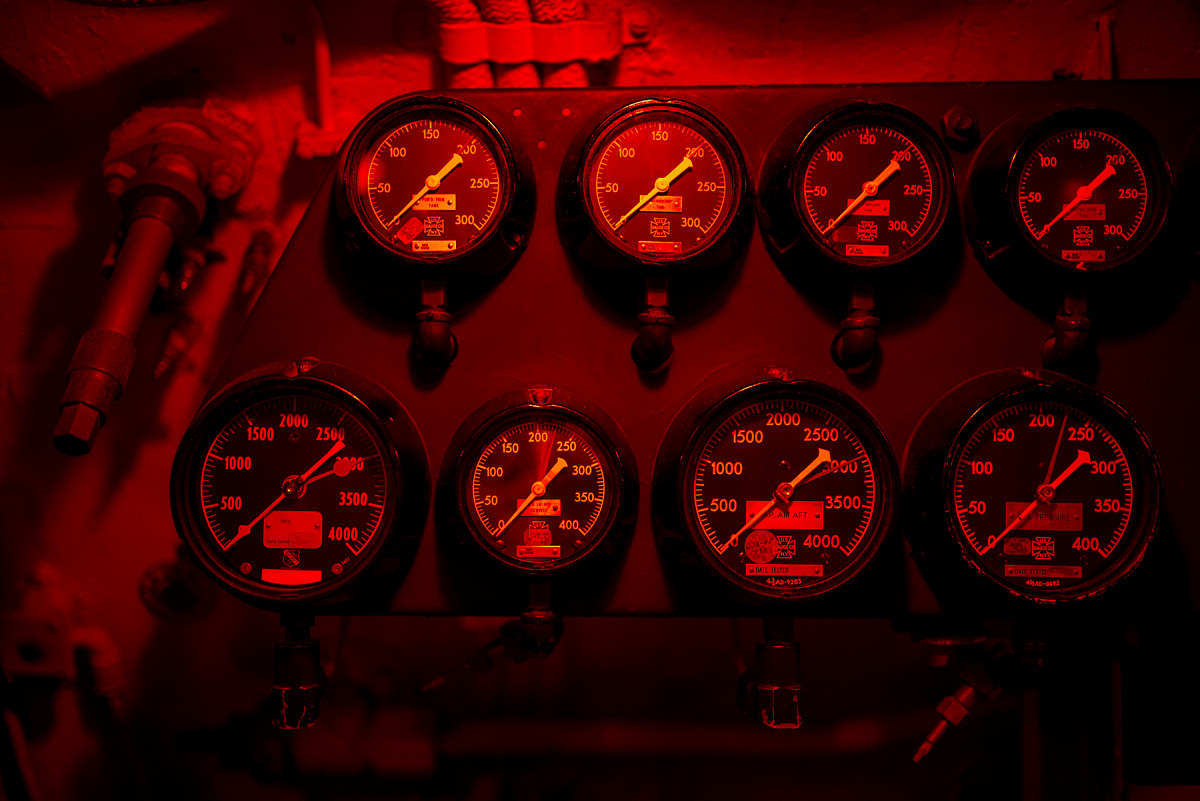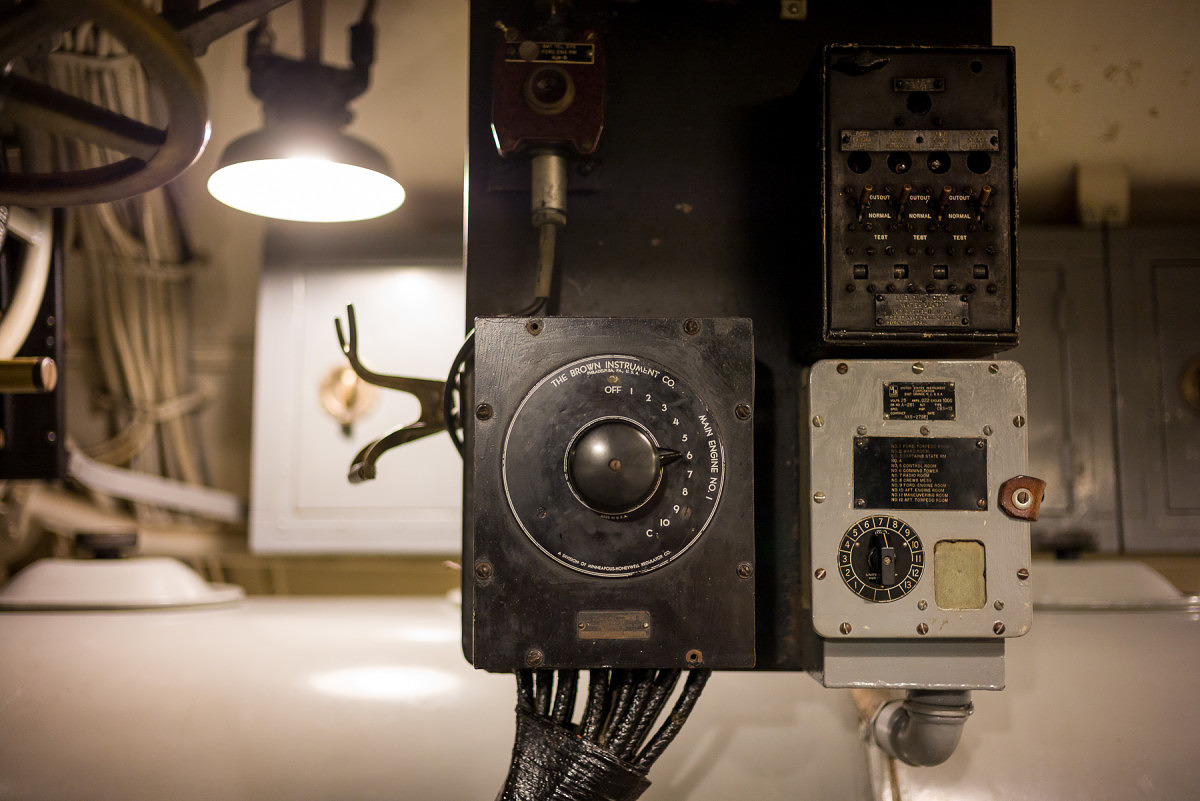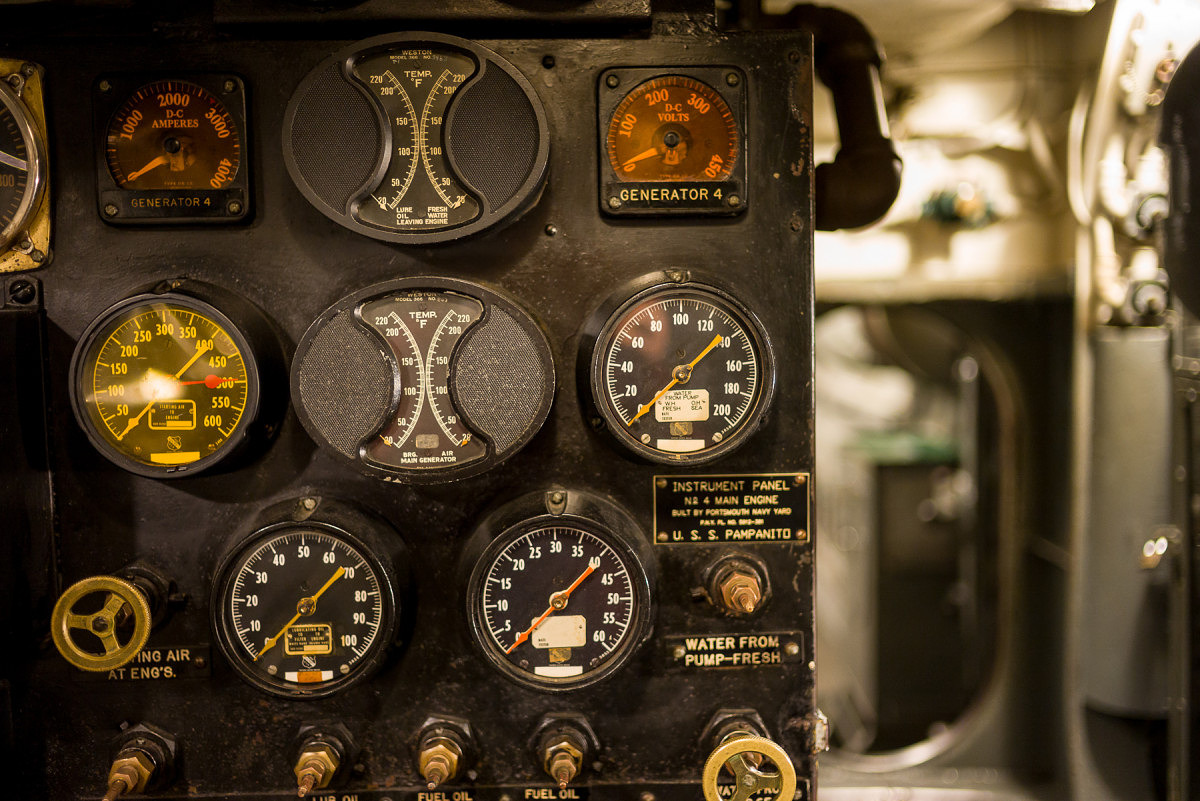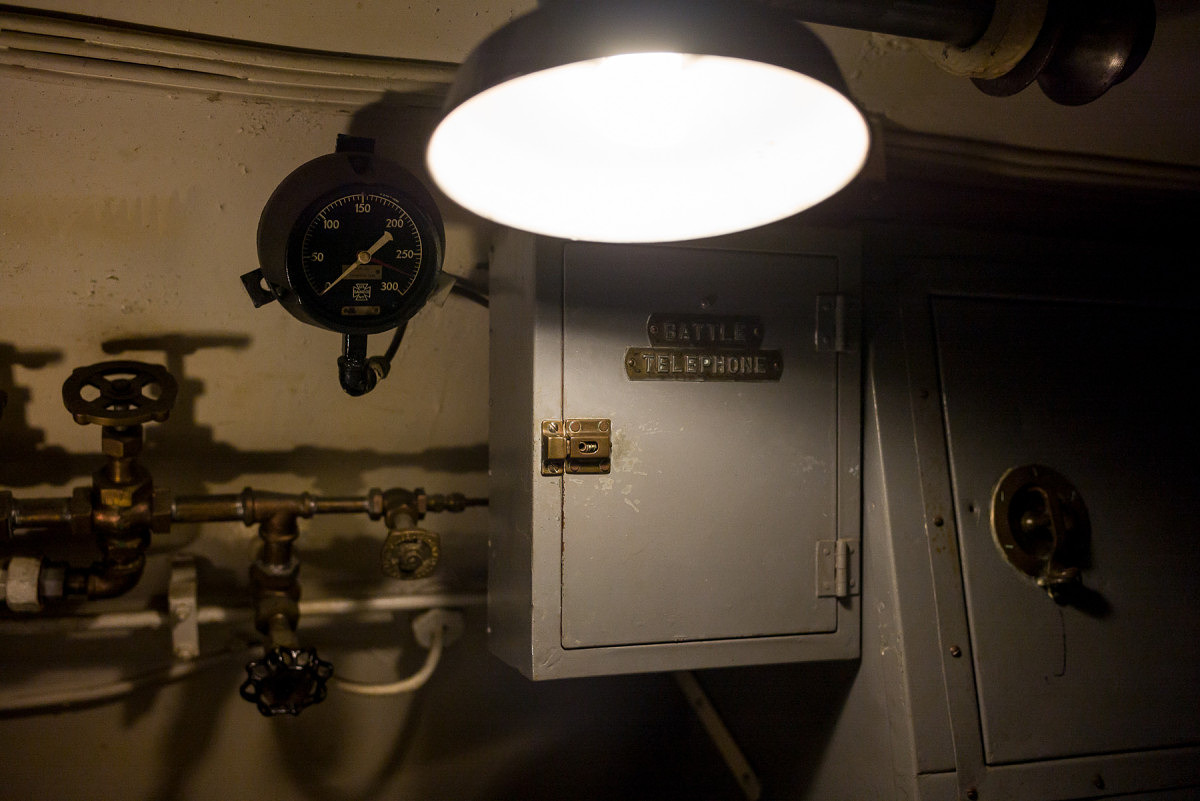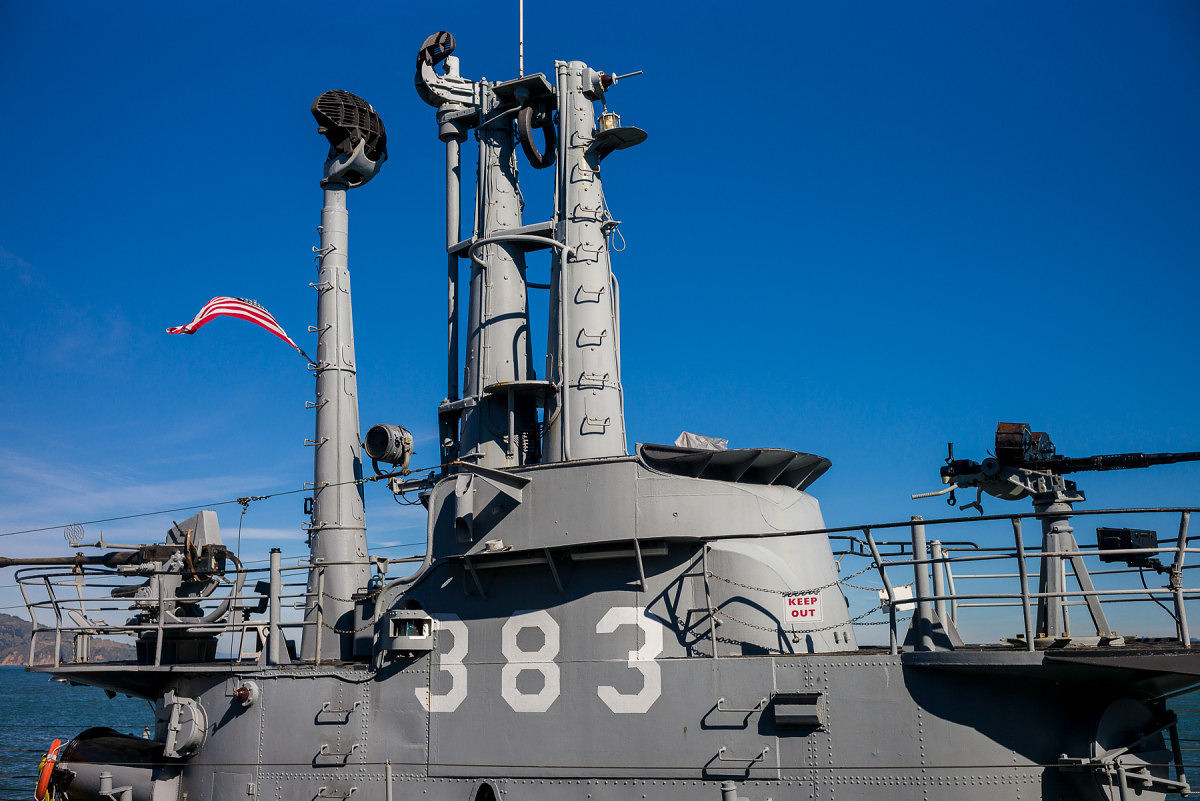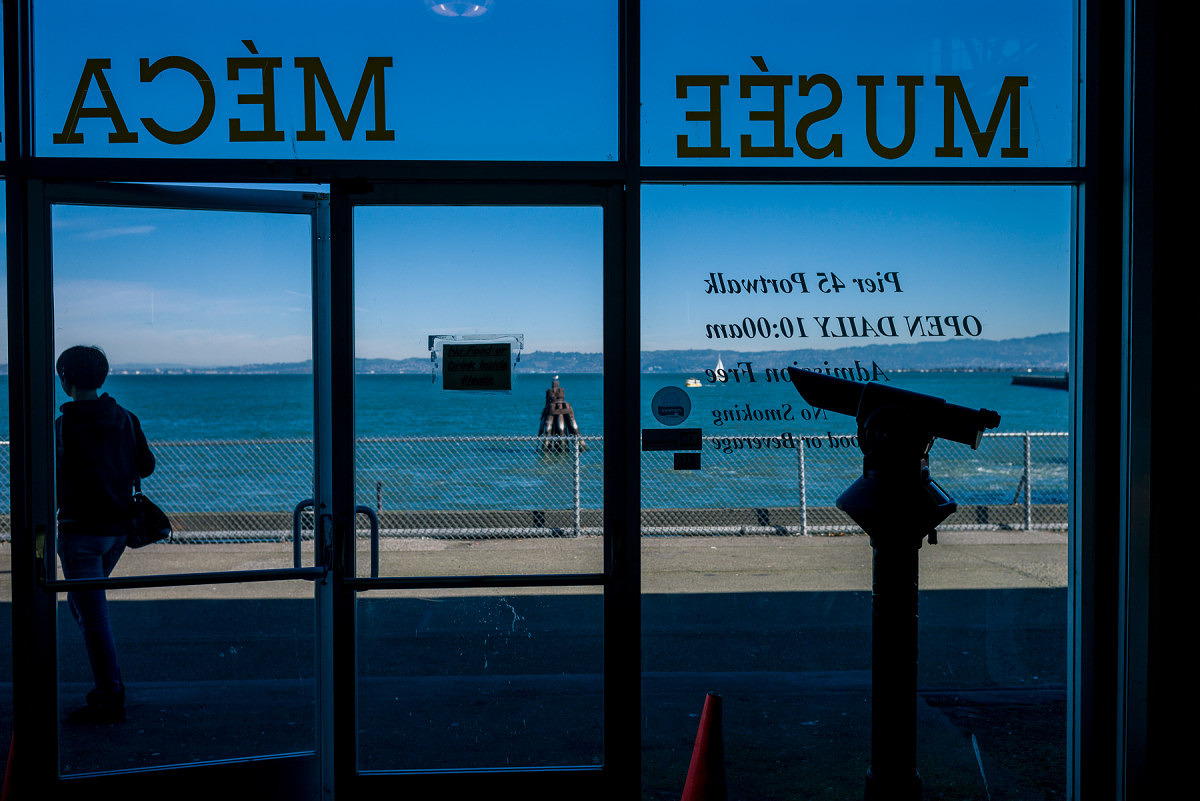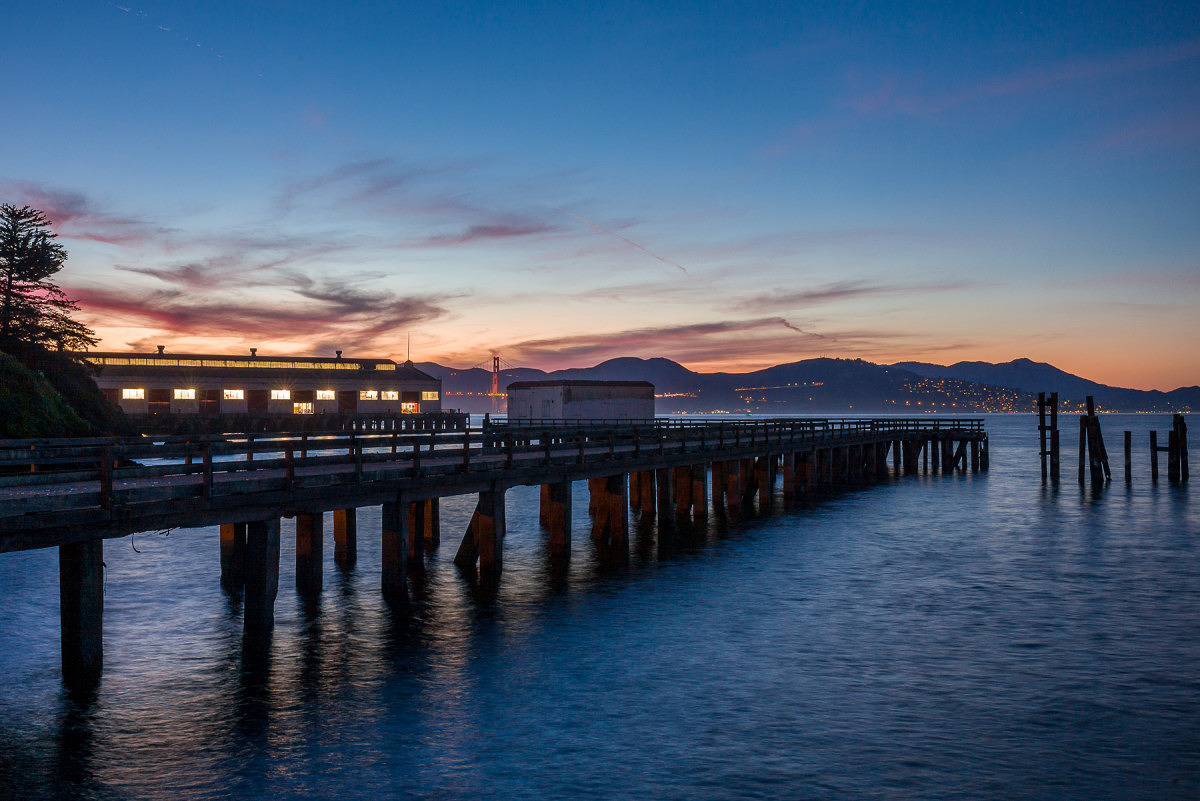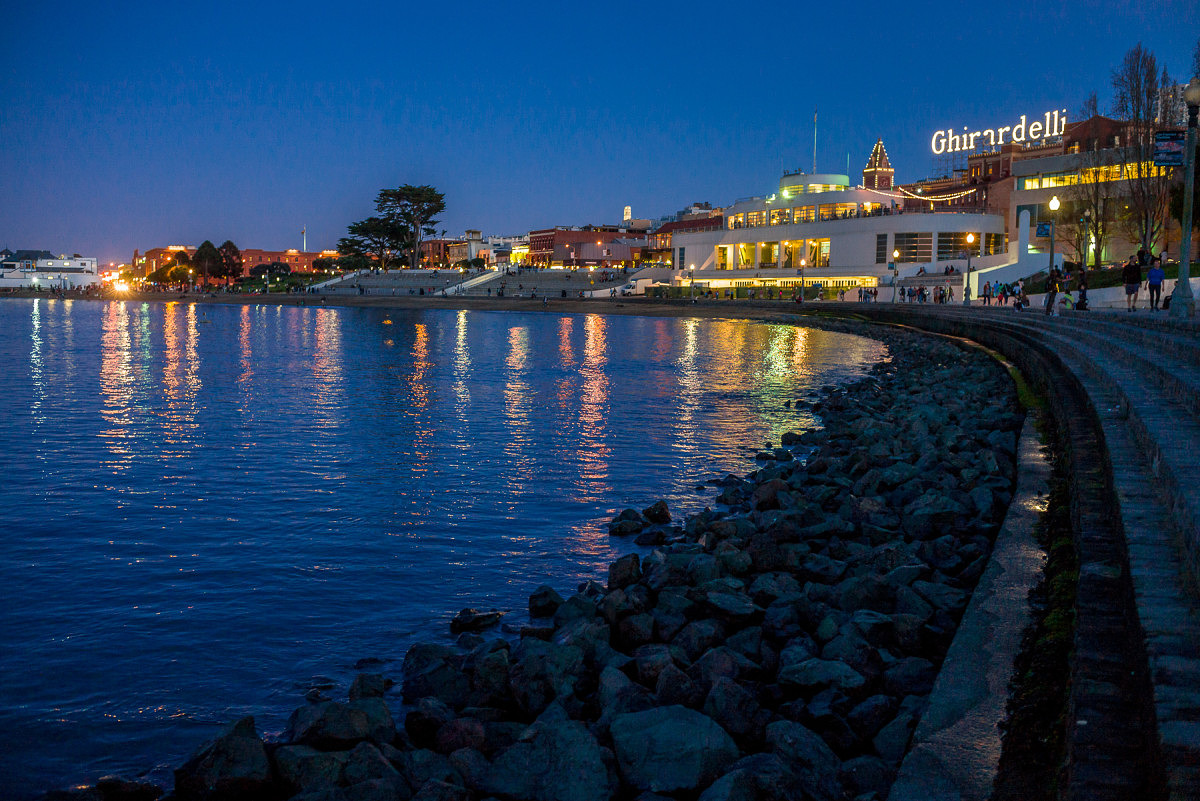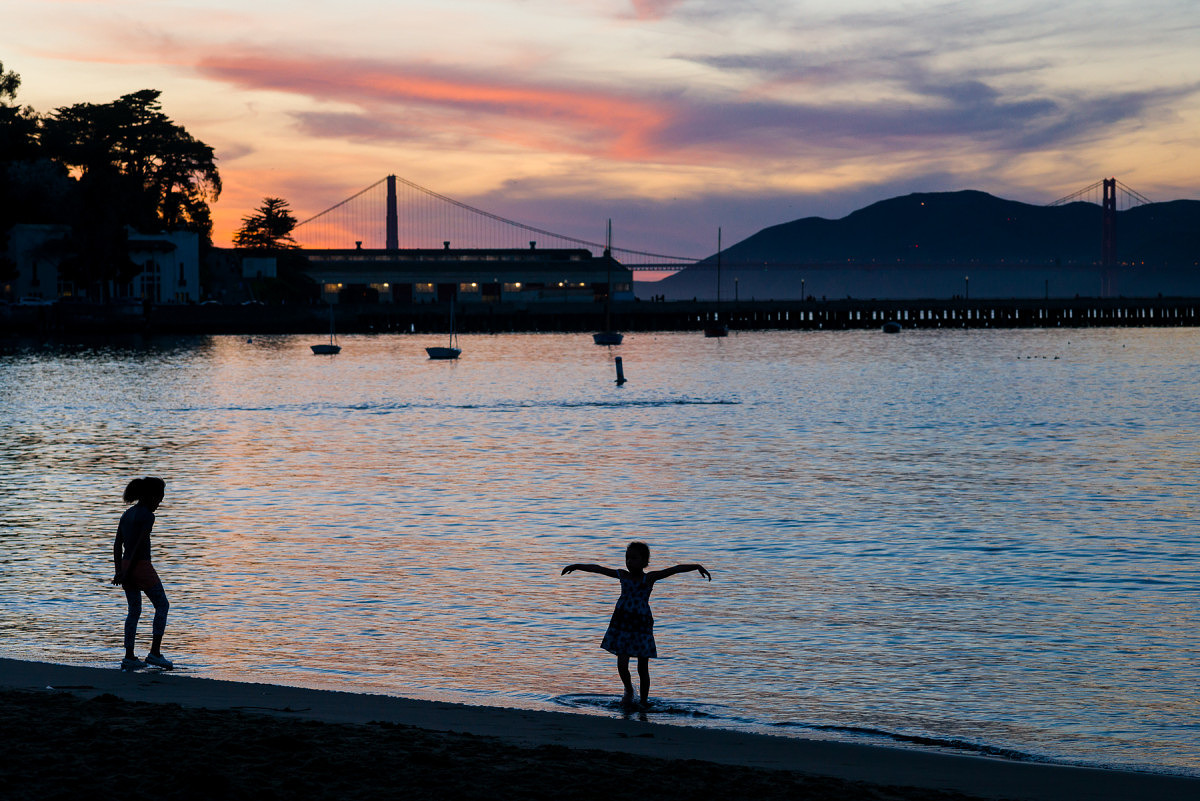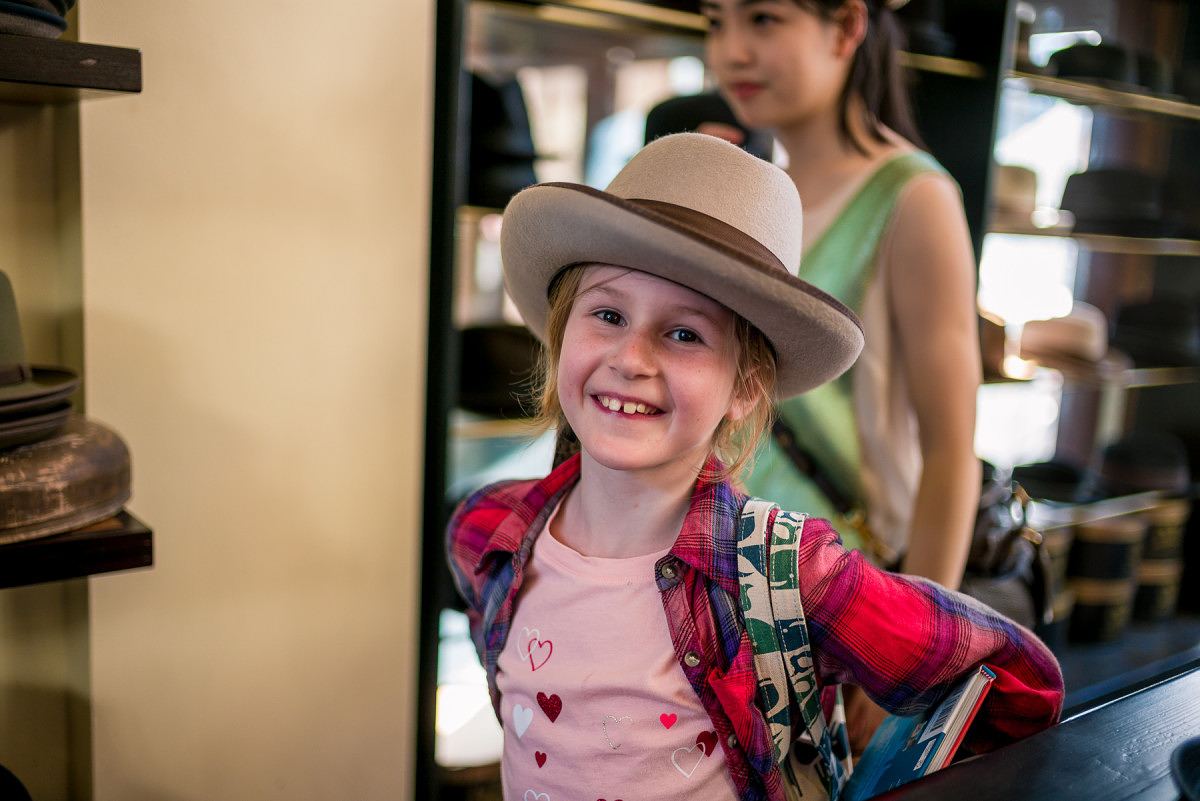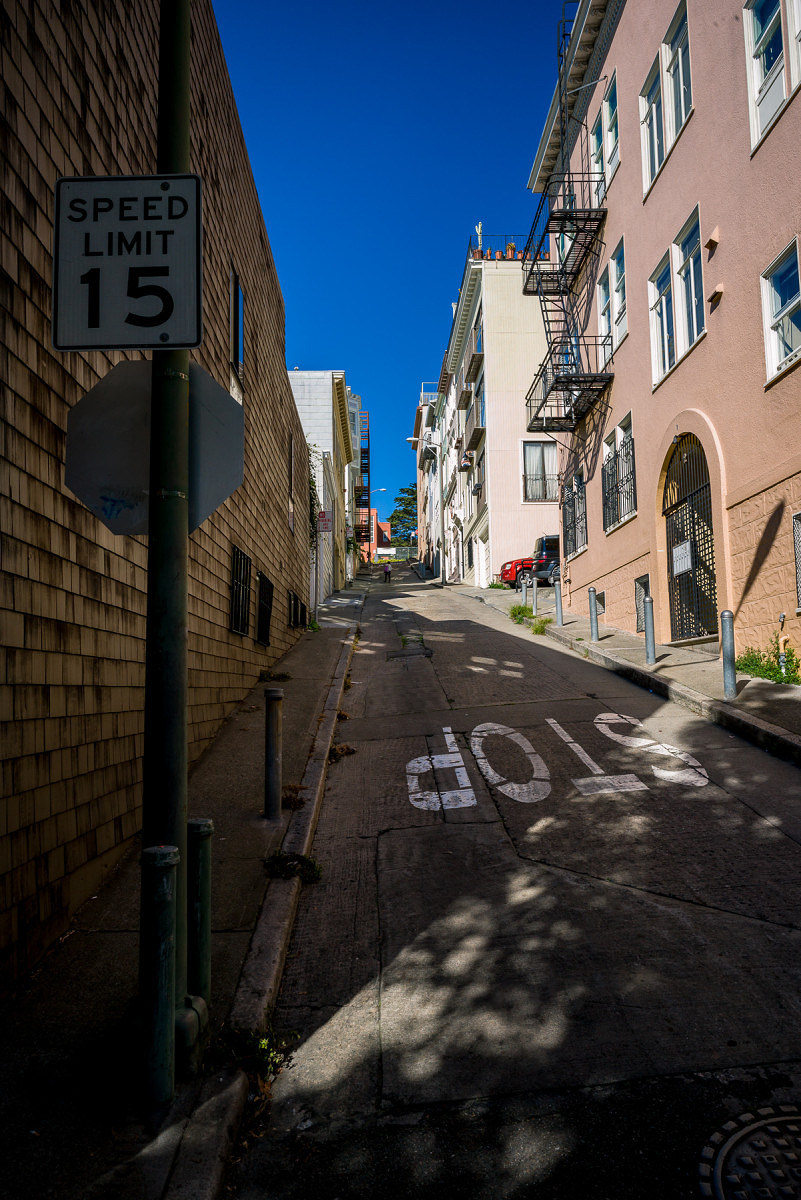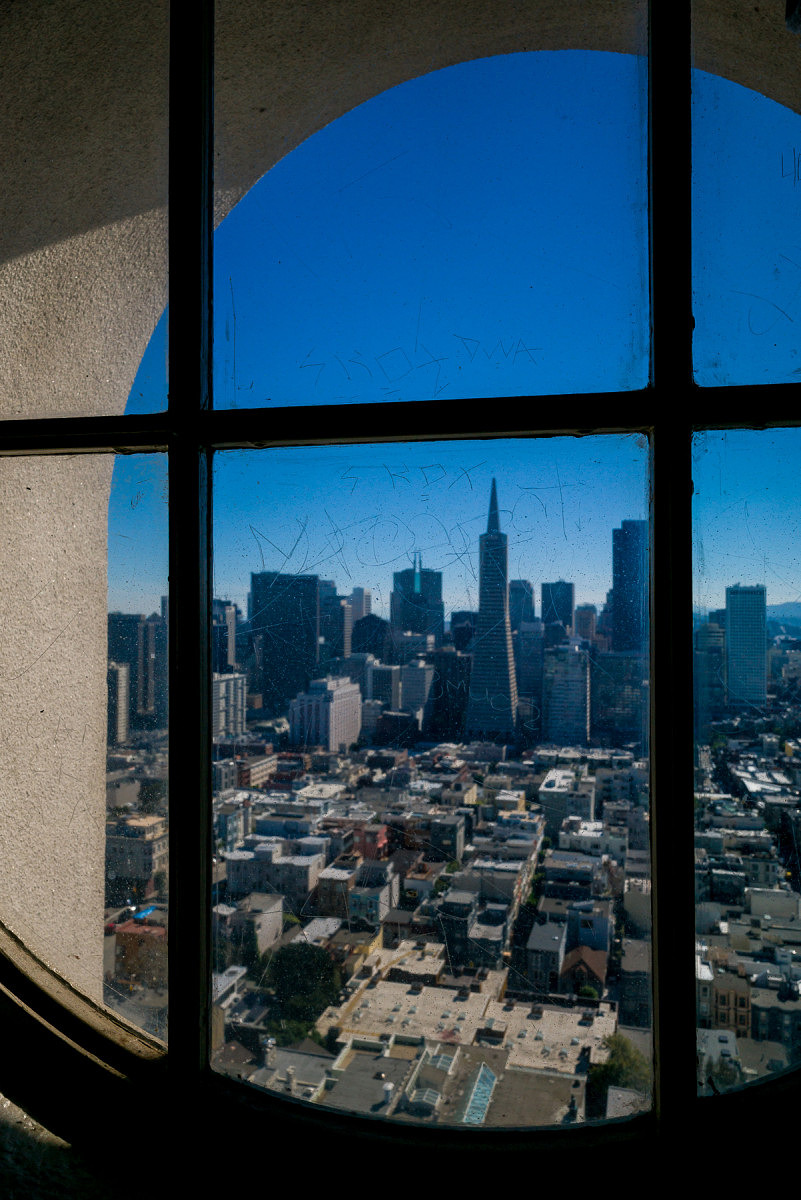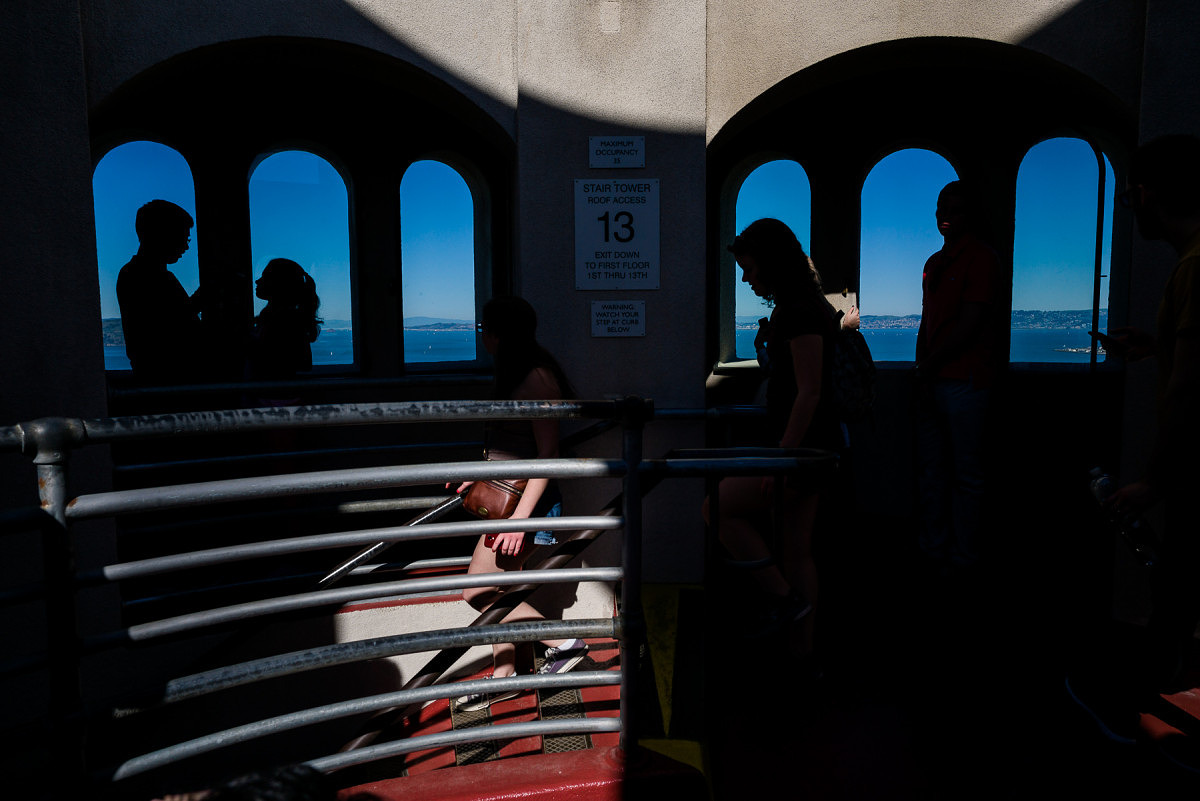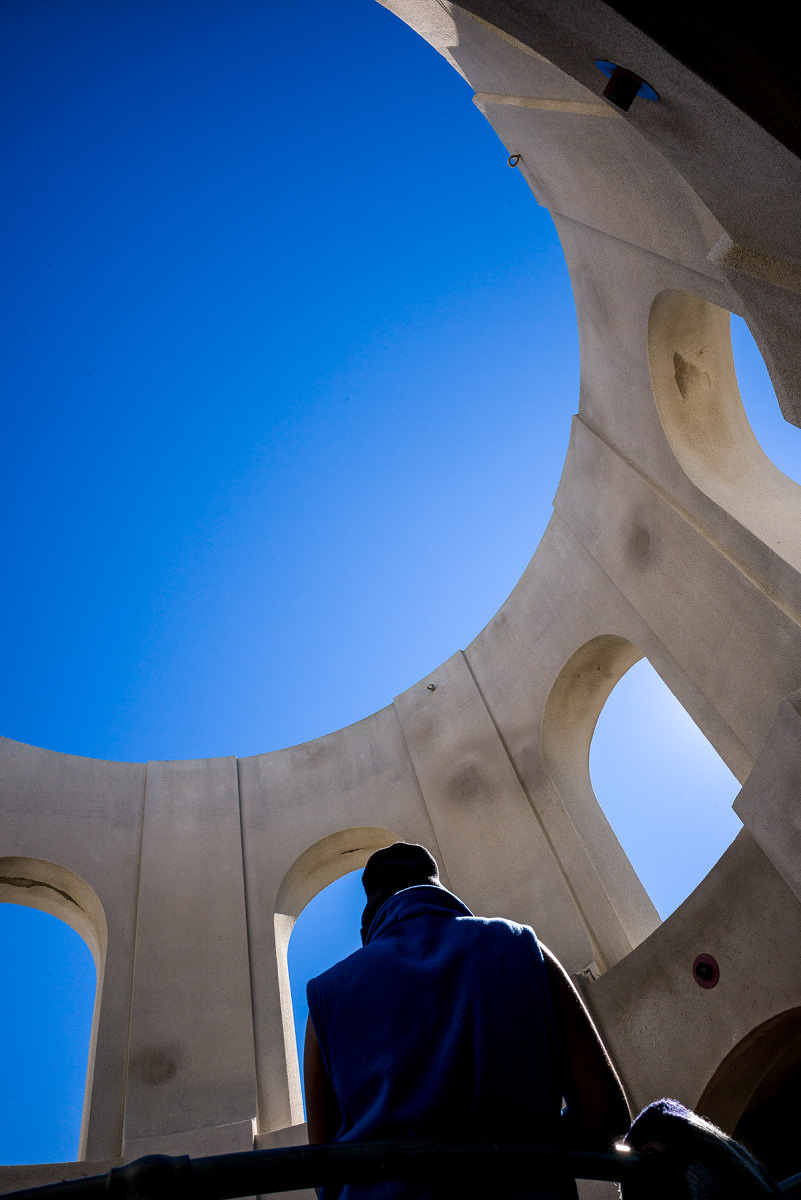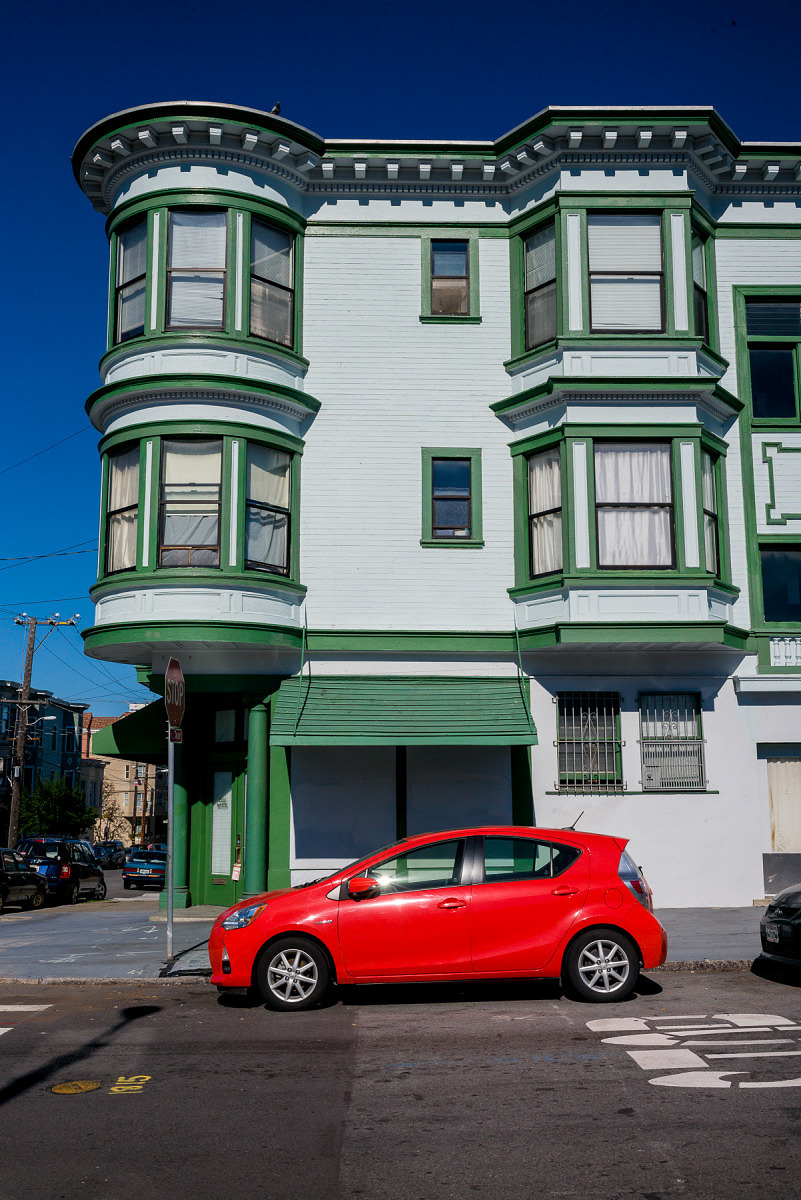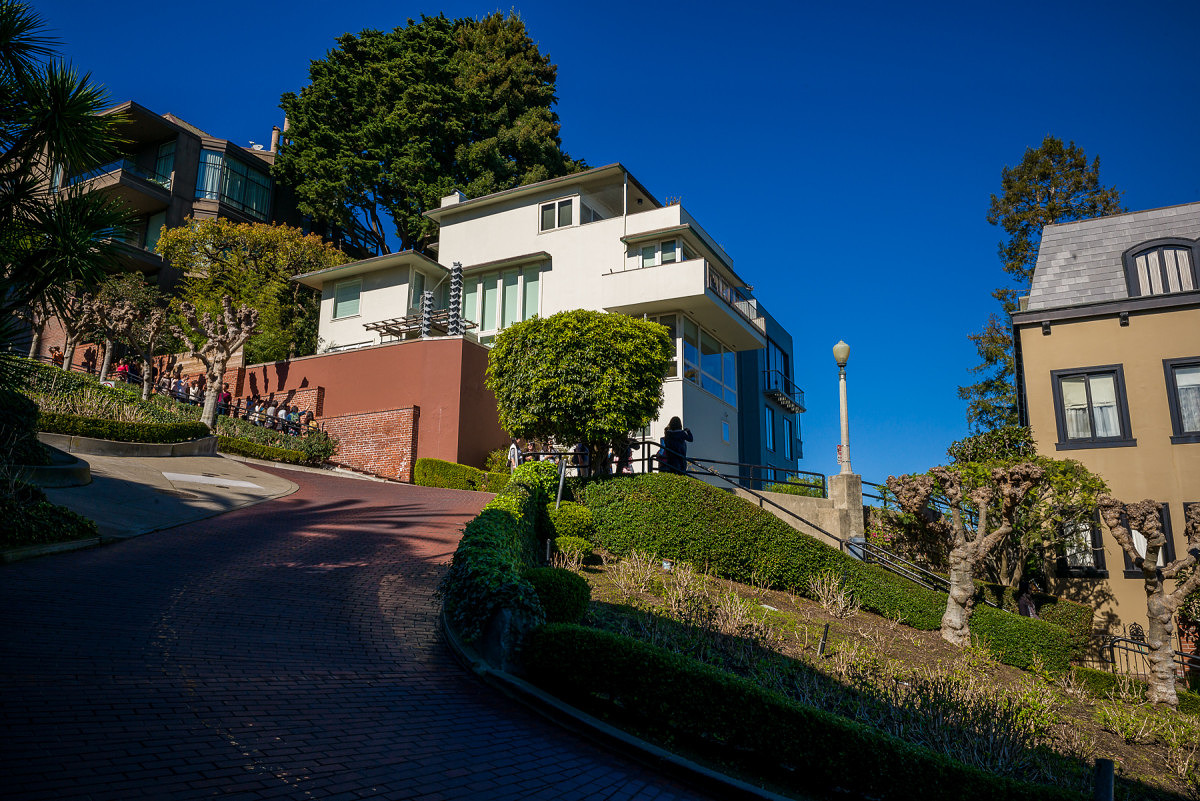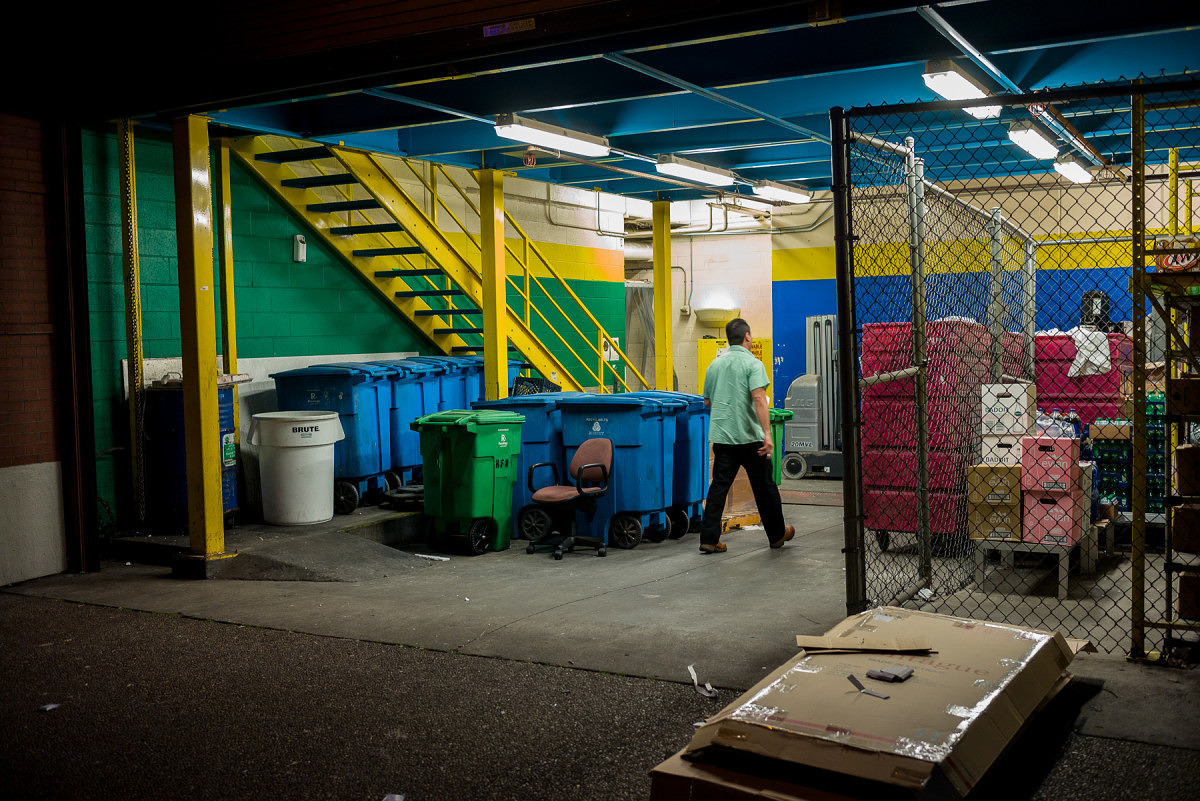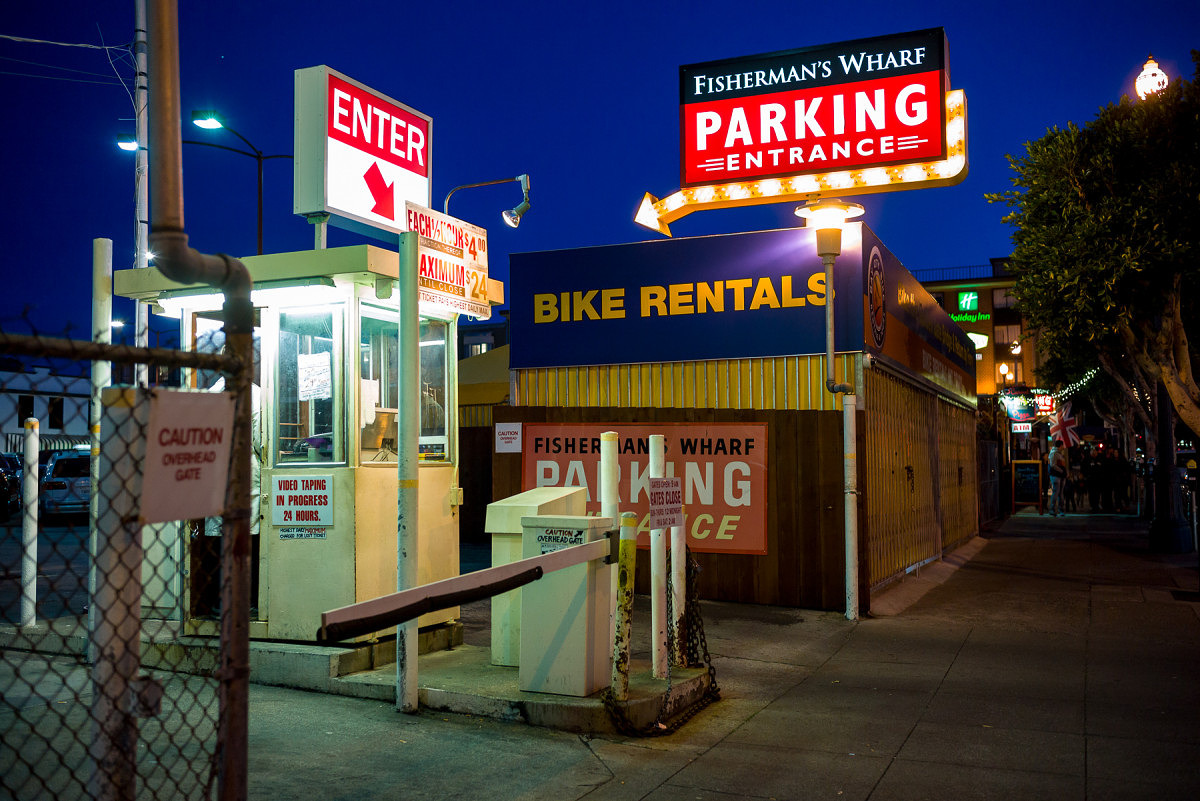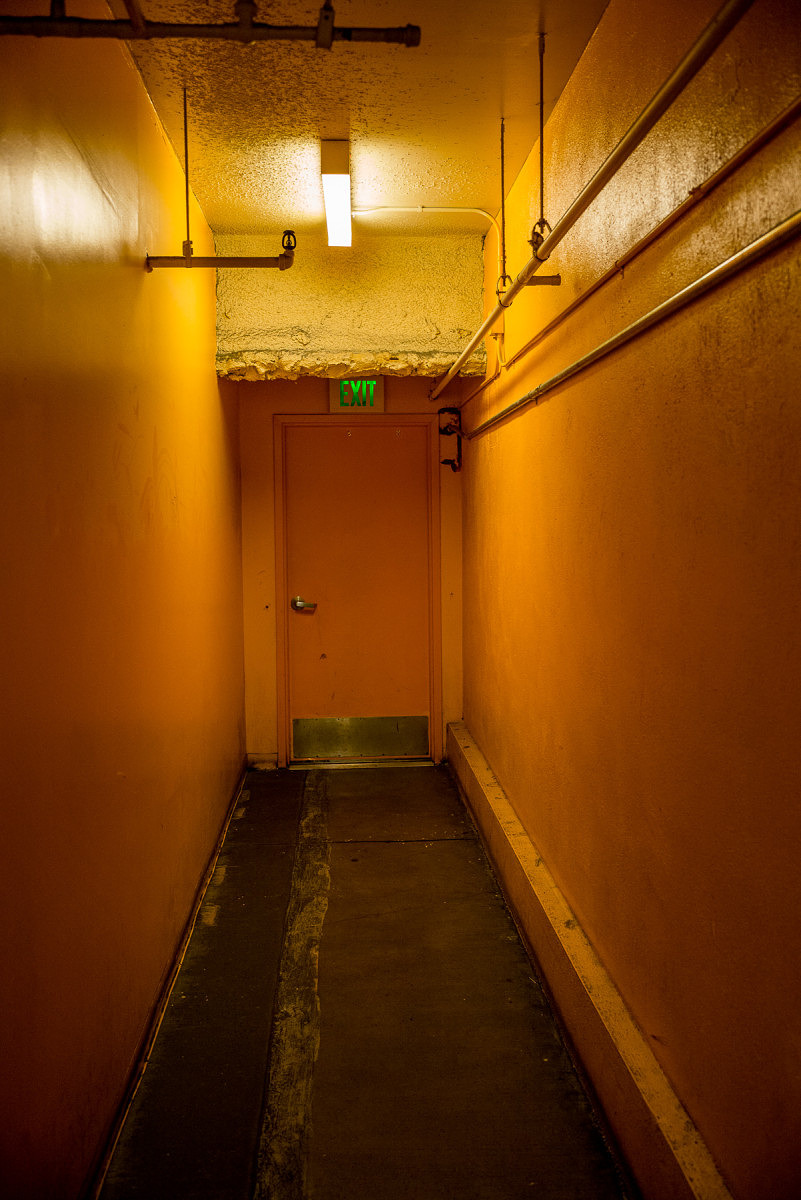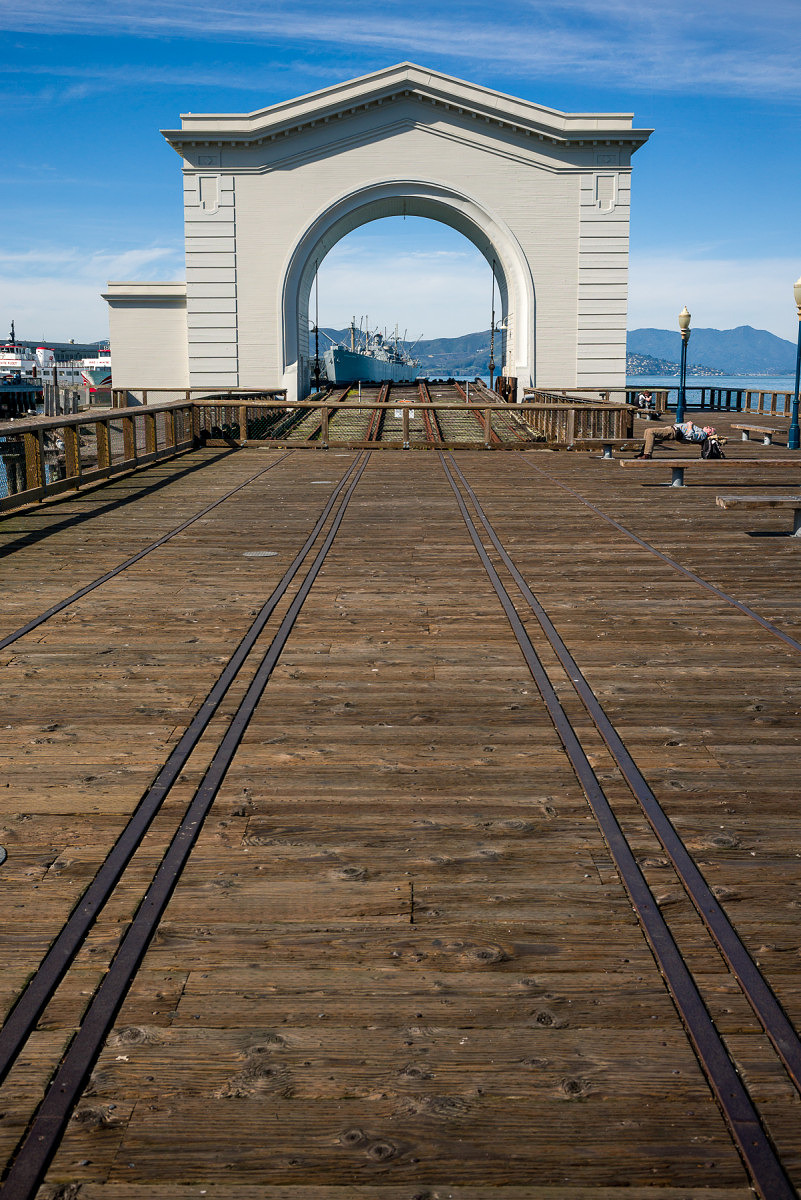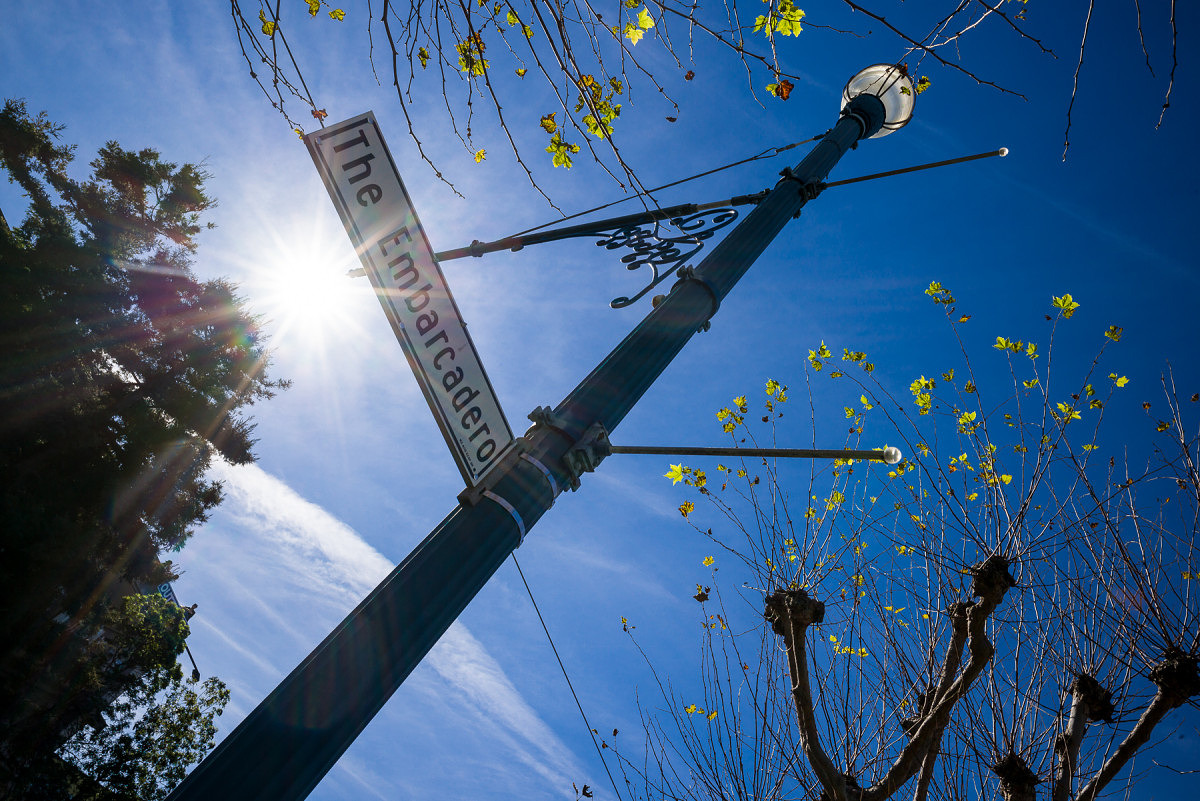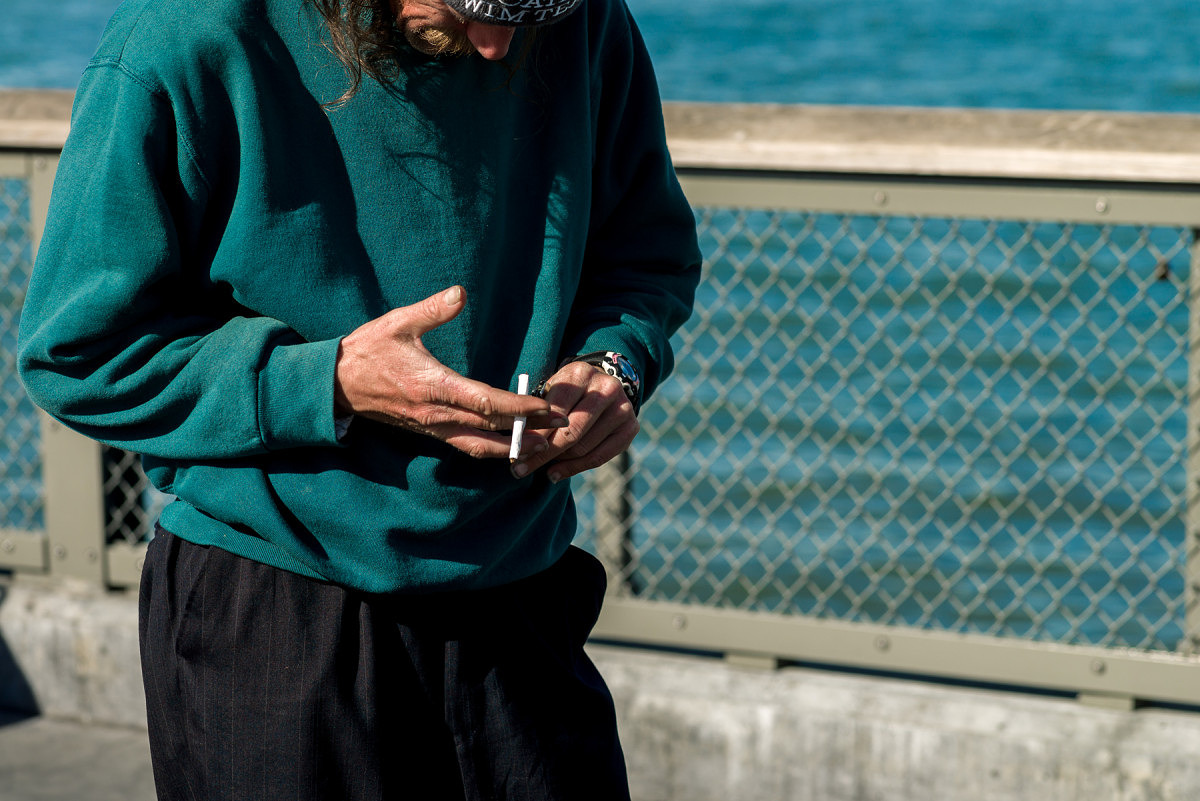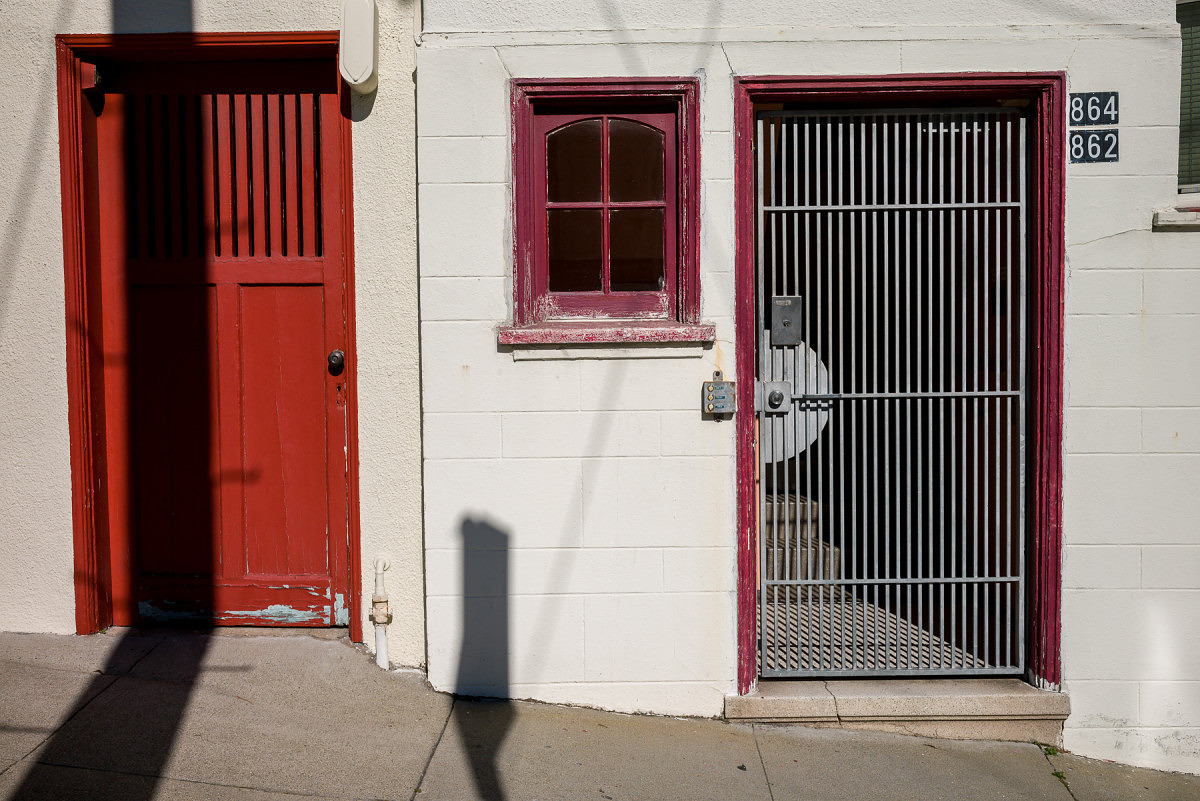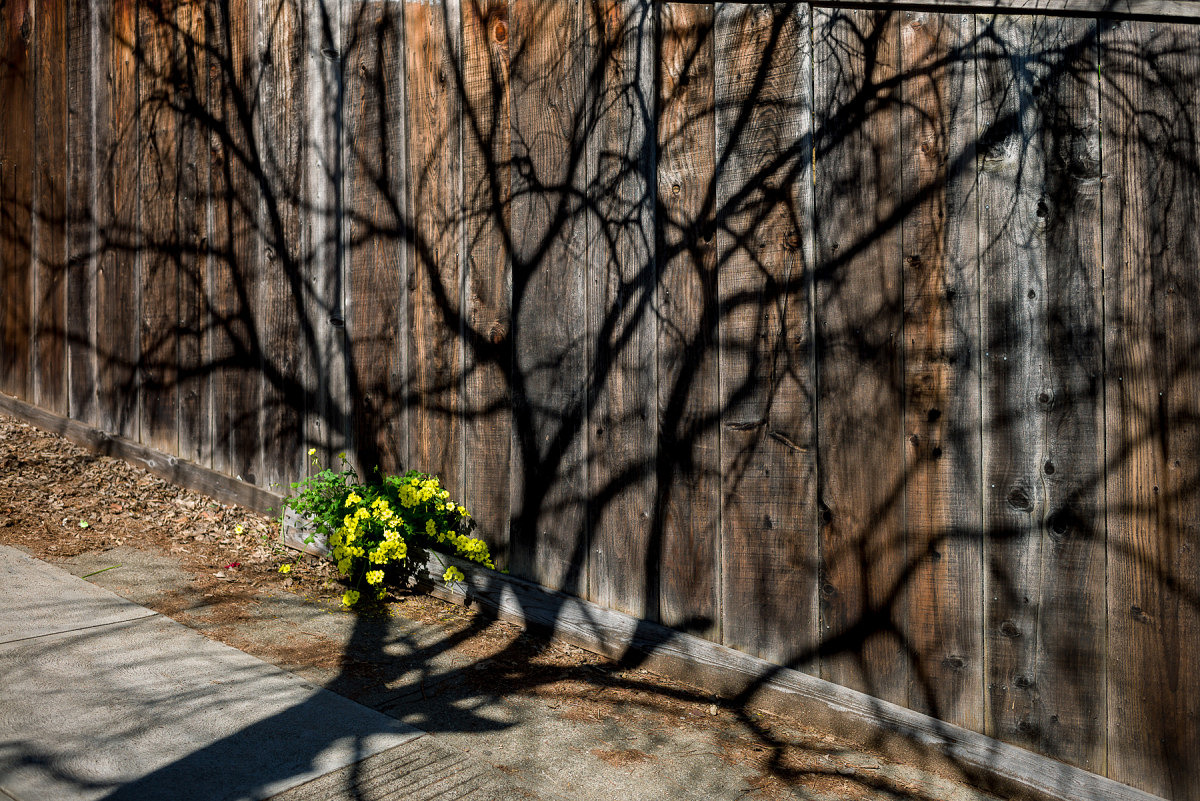Godfrey commented on the post, The Great Debate: CCD vs. CMOS – Part 2 10 years, 9 months ago
In reply to: David Farkas wrote a new post, The Great Debate: CCD vs. CMOS - Part 2 Make sure you read and vote on Part 1 of the Great Debate: CCD vs. CMOS before venturing on to this test.In the first installment, I published various sets of images, each containing one shot from the Leica M9 and one from the Leica M (Typ 240). The premise was to see if I could use basic post-processing techniques in Lightroom to make an image captured with a CMOS sensor (M240) match one taken with a CCD (M9). Many have stated that there is a defining "CCD Look" and that it was impossible to achieve this with a CMOS sensor, even with processing. So, I put it up for a vote.So far, as of this writing, the results have been very interesting. Counting statistical margin of error, almost all of the images are running at a 50/50 ratio or very close to it. Of course, the images I first posted were taken in conditions favoring the M9: natural, directional light at lower ISOs. I didn't want the comparisons to be about dynamic range or low noise or artificial light performance. This was just an exercise to see if there was indeed a "CCD Look" and if such a look was only inherent in CCD-based cameras. Some have requested that I publish images under more challenging lighting conditions and with skin tones.In this second (and final) round of testing, I'm putting forth a selection of single images shot with the M9 and M240. The test this time is to see if, without a direct comparison, the "CCD Look" can be identified. Please note that I didn't take comparison shots for any of these images. I shot normally, just with two bodies. And, I didn't attempt to match to a particular look. Instead, I merely processed each file to my taste.Without further ado, please cast your votes below. Yes, I know that there are a lot of images. I wanted to give a wide variety of scenarios to gather the most accurate data possible. Answers for both Part 1 and Part 2 will be revealed, along with my analysis, in Part 3.Which camera was used for the above image?
Which camera was used for the above image?
Which camera was used for the above image?
Which camera was used for the above image?
Which camera was used for the above image?
Which camera was used for the above image?
Which camera was used for the above image?
Which camera was used for the above image?
Which camera was used for the above image?
Which camera was used for the above image?
Which camera was used for the above image?
Which camera was used for the above image?
Which camera was used for the above image?
Which camera was used for the above image?
Which camera was used for the above image?
Which camera was used for the above image?
Which camera was used for the above image?
Which camera was used for the above image?
Which camera was used for the above image?
Which camera was used for the above image?
Which camera was used for the above image?
Which camera was used for the above image?
Which camera was used for the above image?
Which camera was used for the above image?
Which camera was used for the above image?
Which camera was used for the above image?
Which camera was used for the above image?
Which camera was used for the above image?
Which camera was used for the above image?
Which camera was used for the above image?
Update (3/9/15): Part 3 is now online. Check out the answers and my analysis. ViewWhich camera was used for the above image?
Yes, there are differences. But the images are SO similar after appropriate adjustment that the sensor differences are at most a very insignificant part of the rendering.
G

